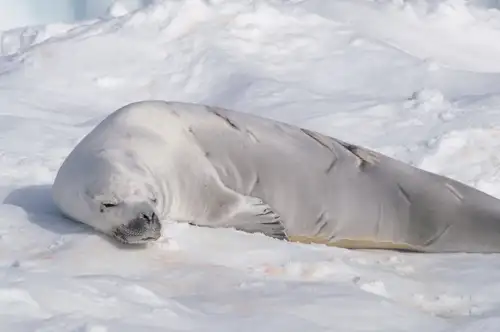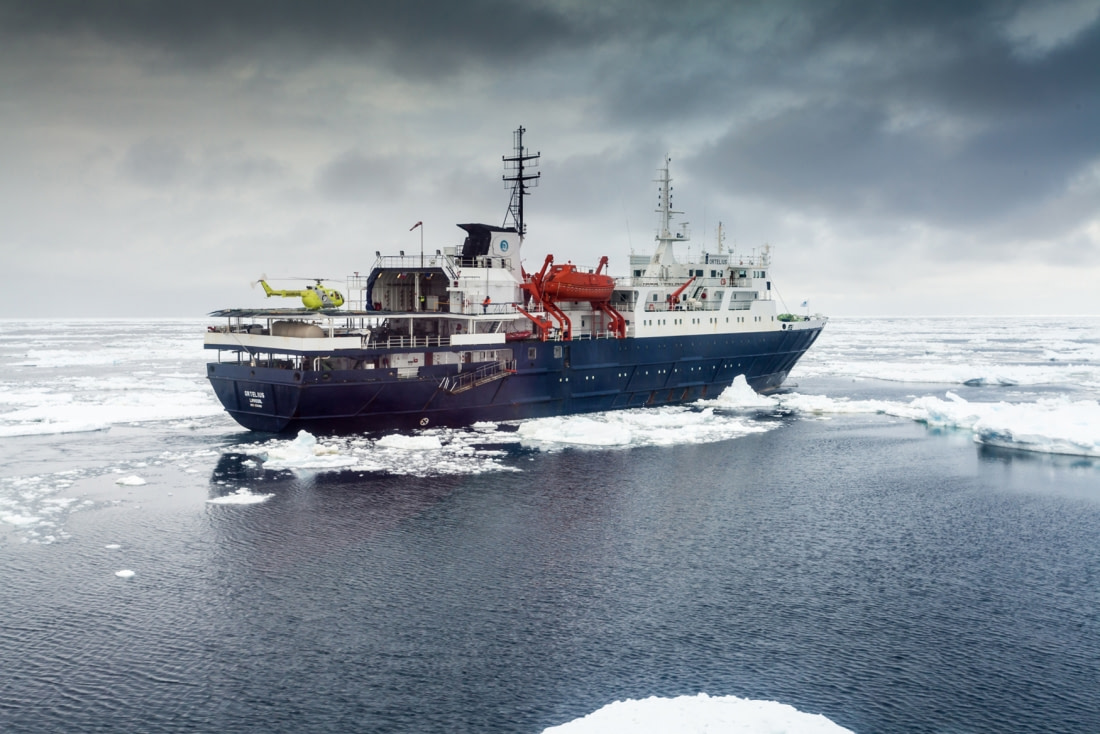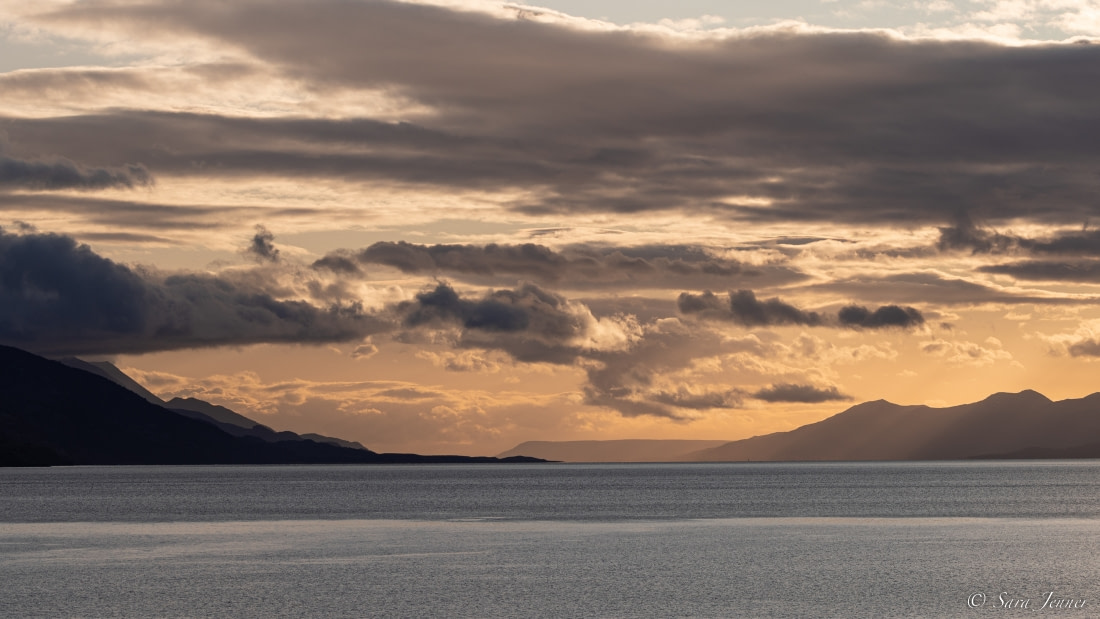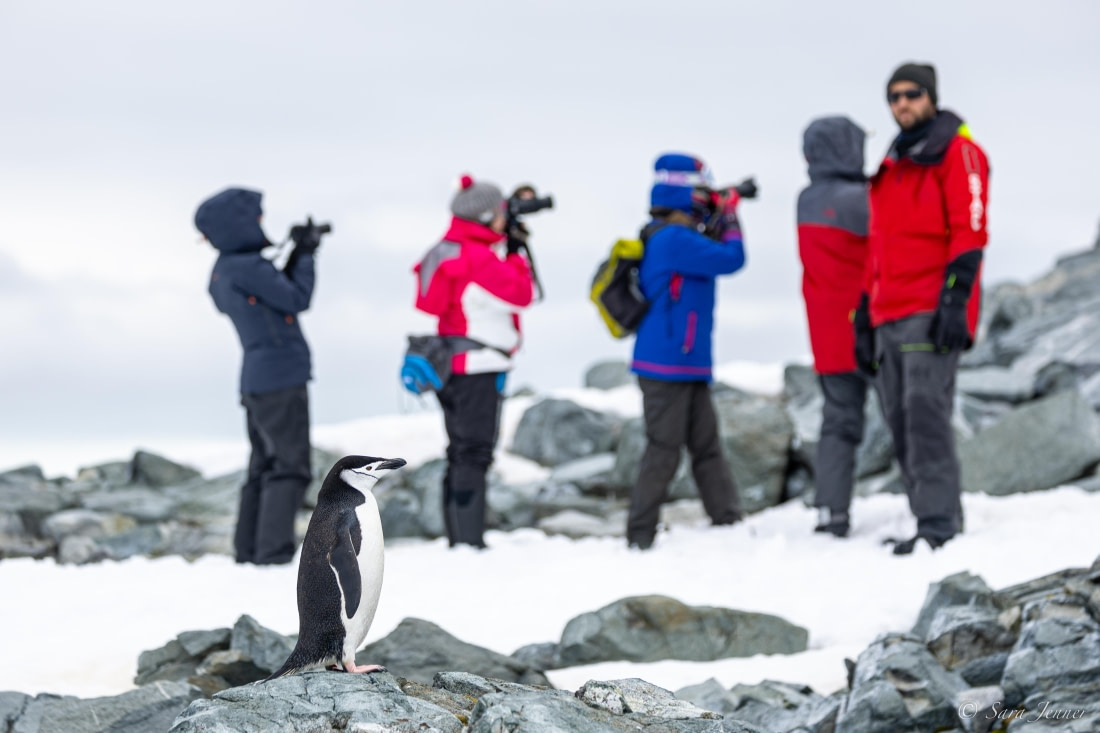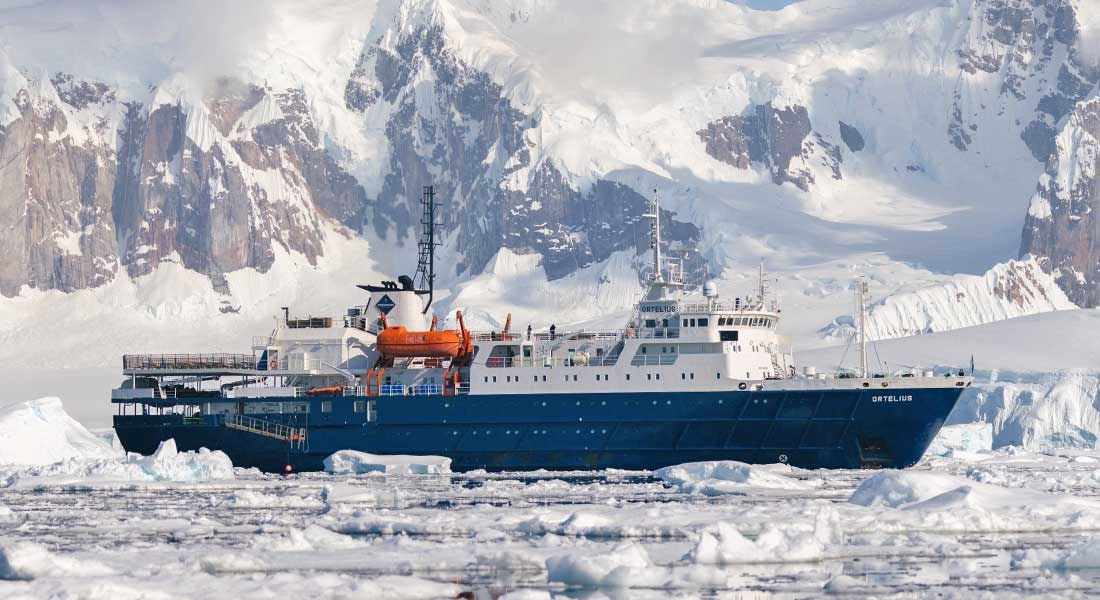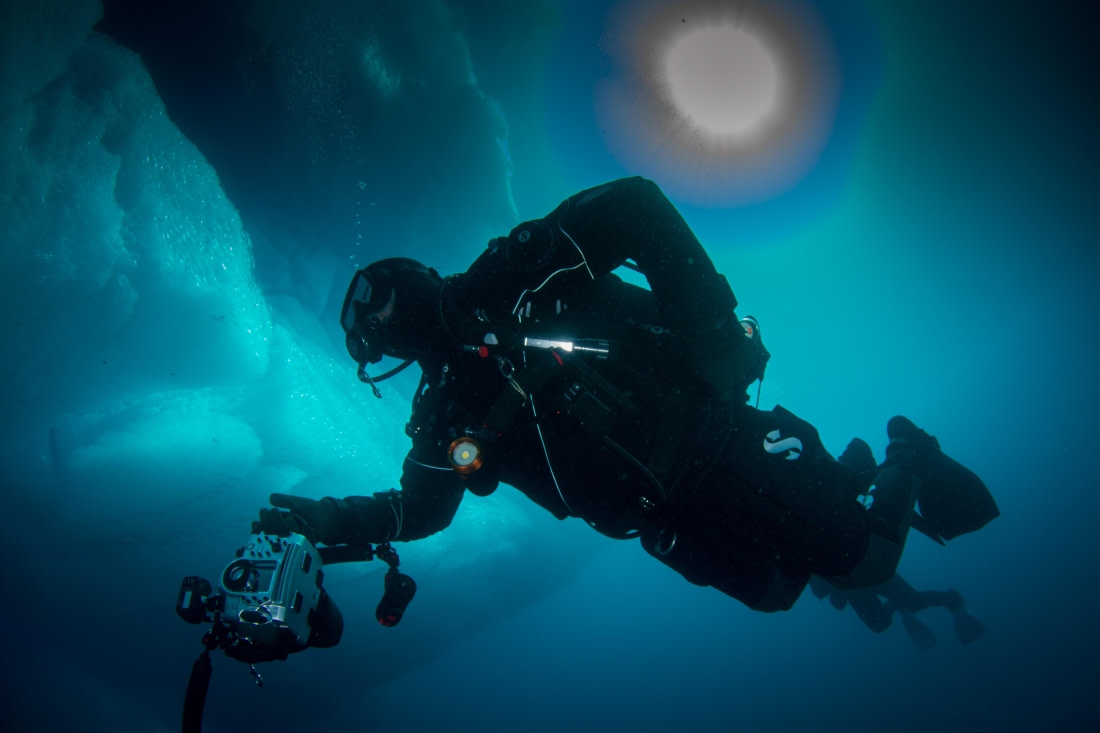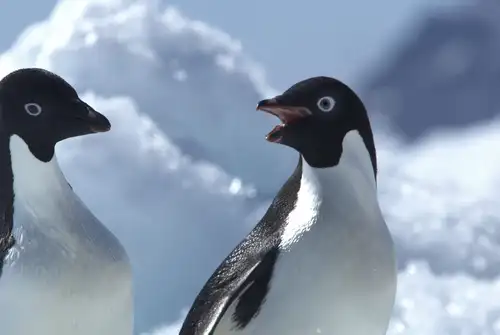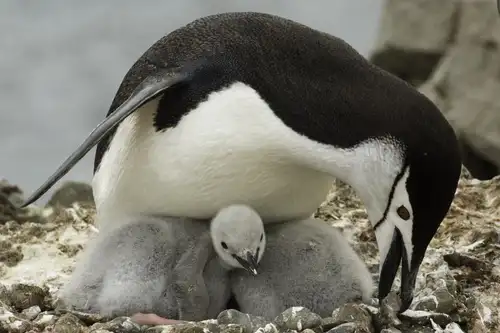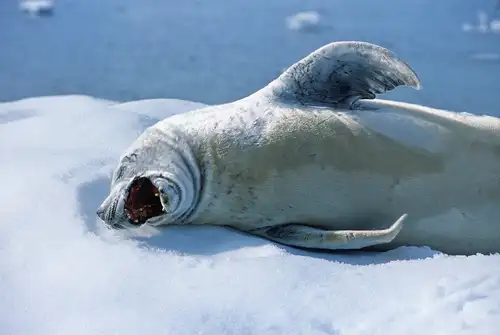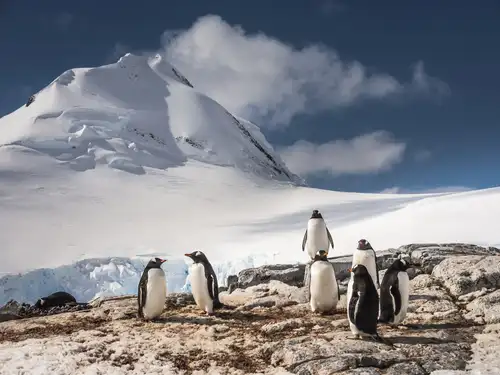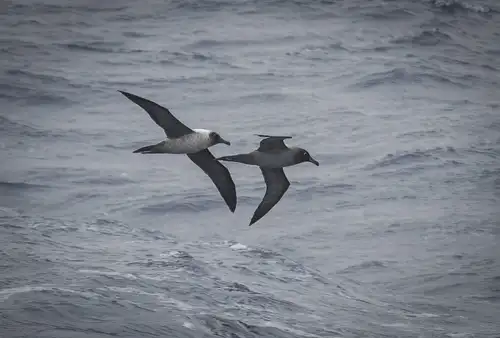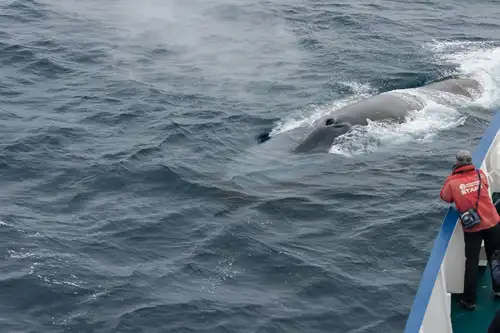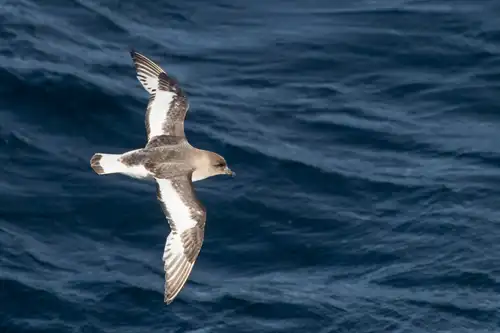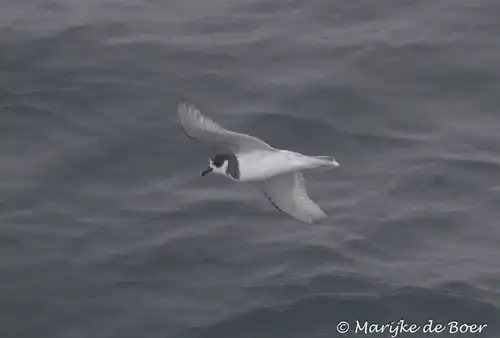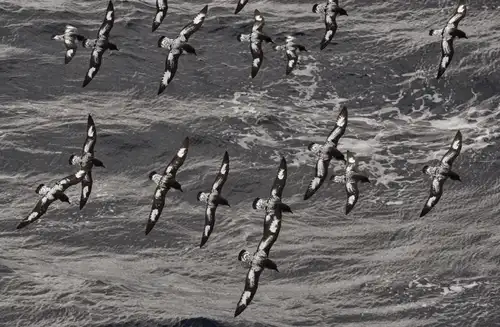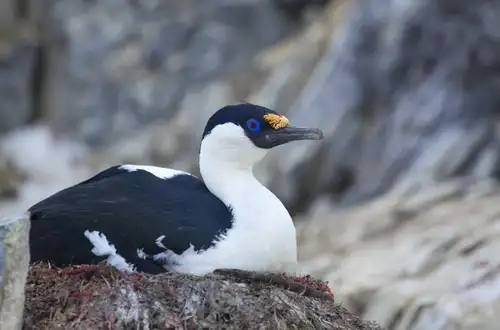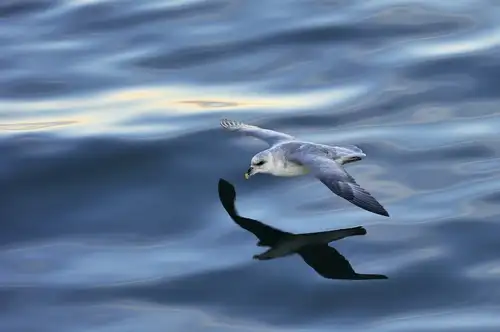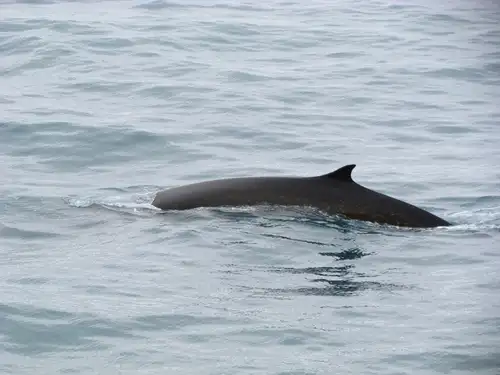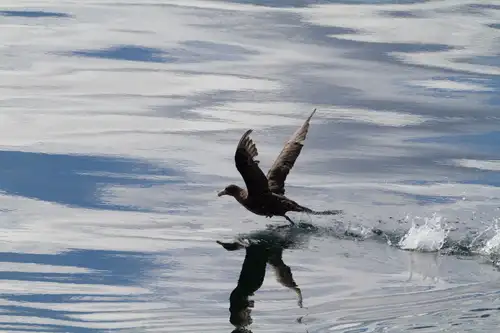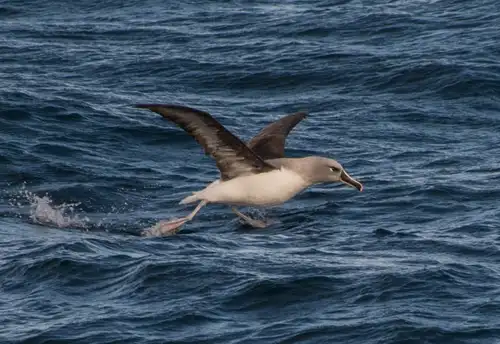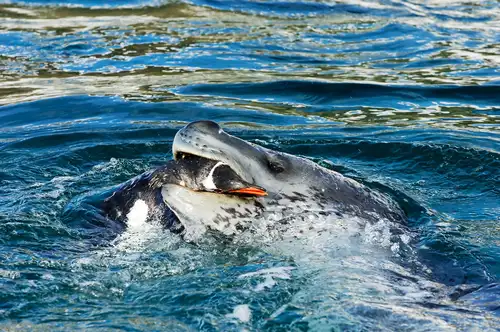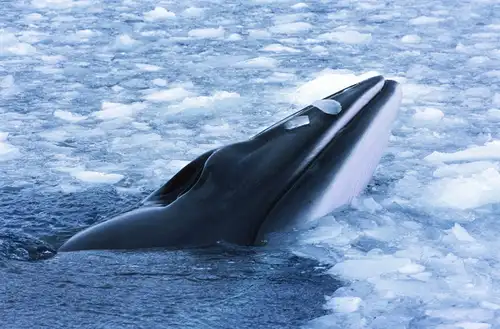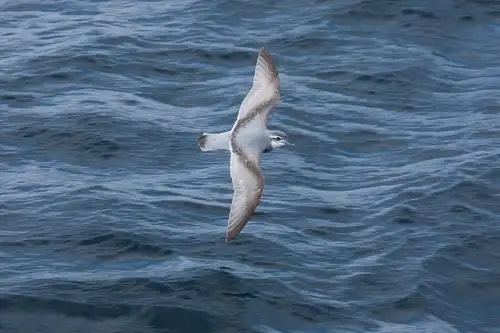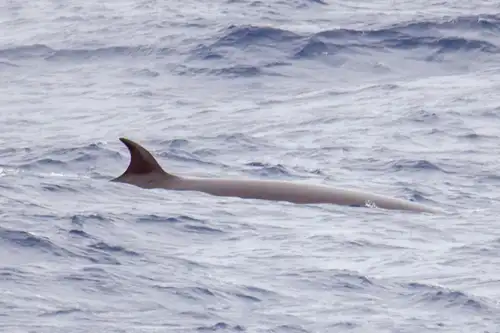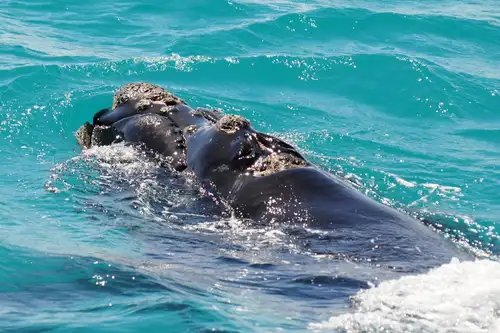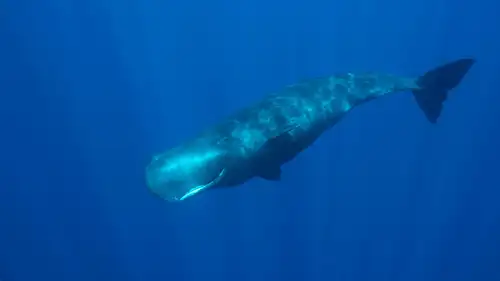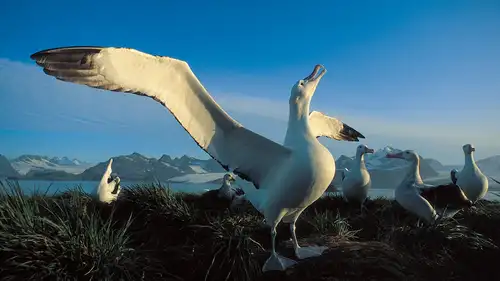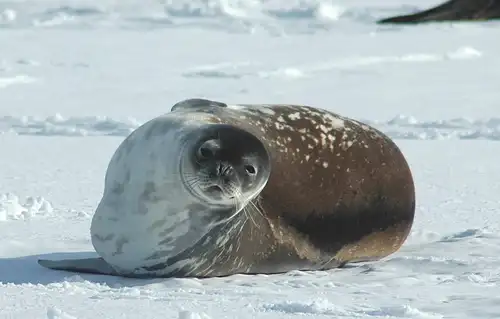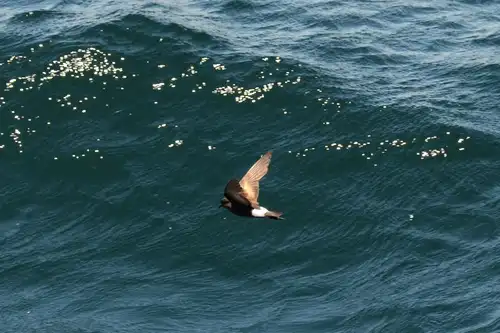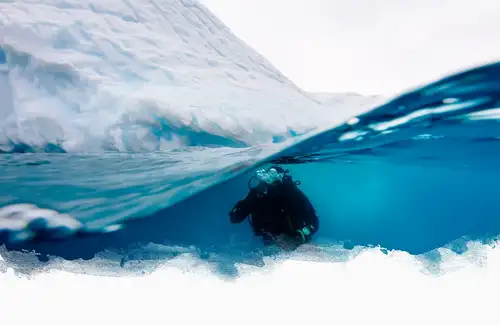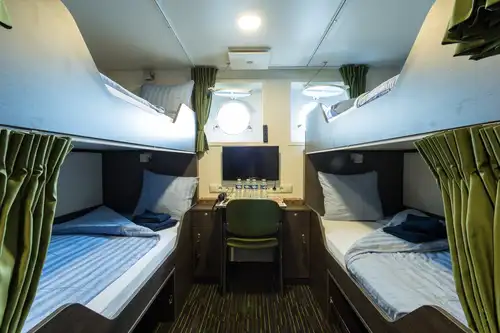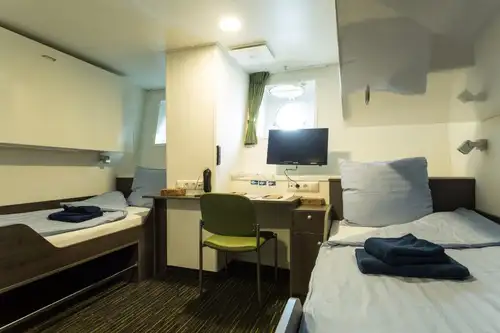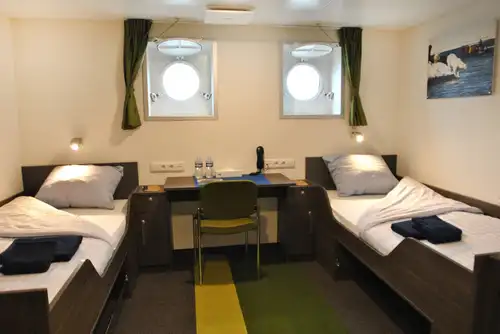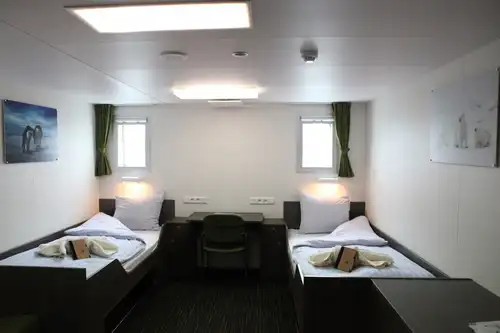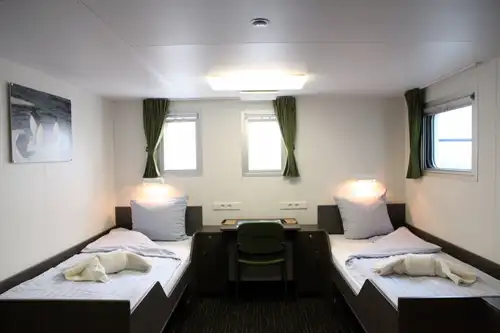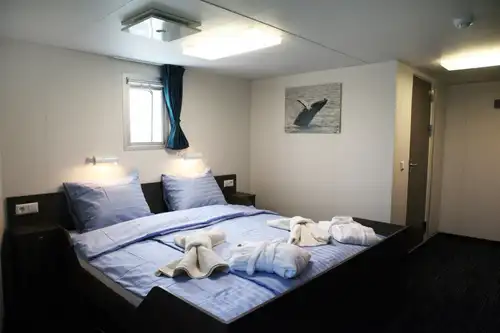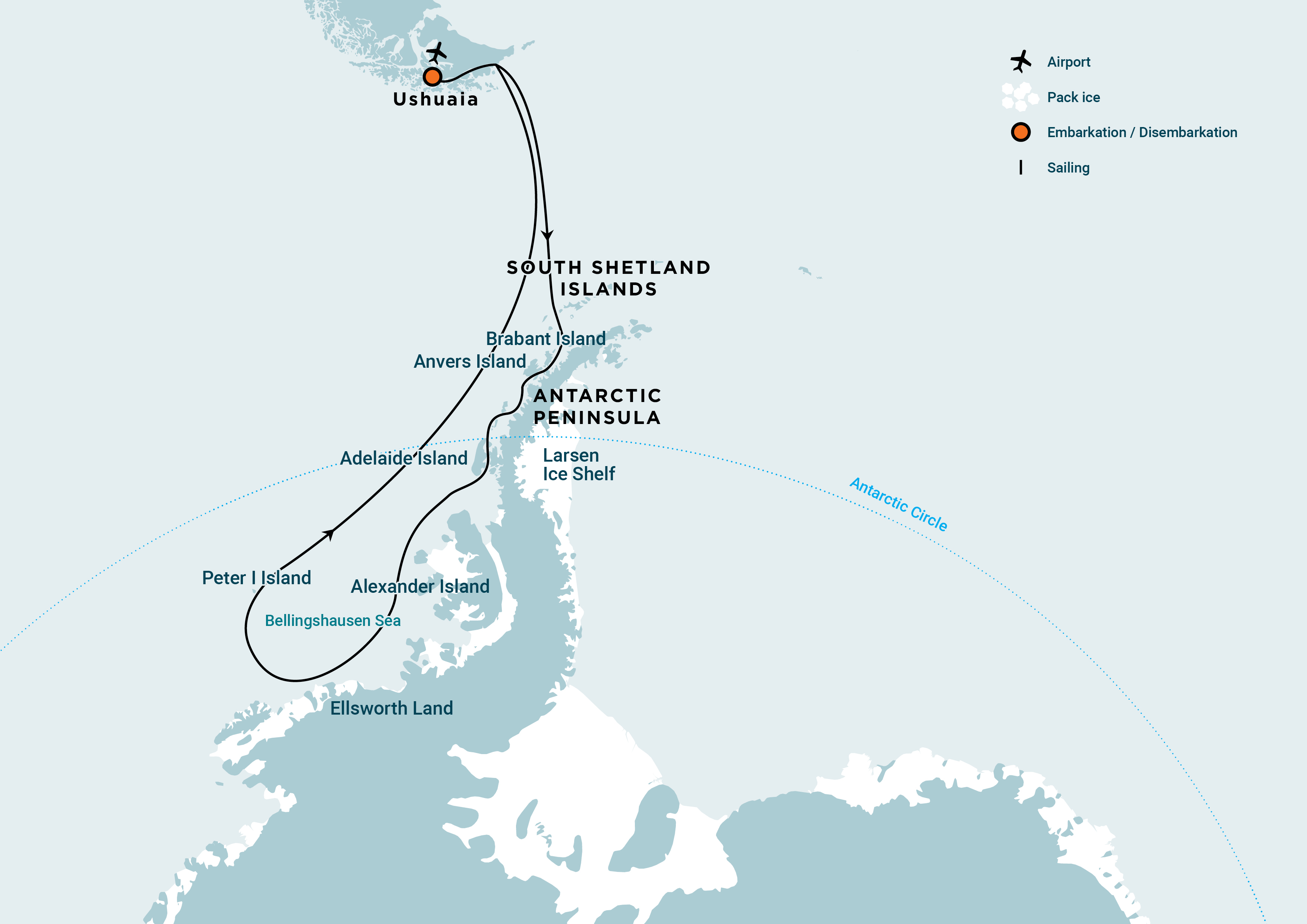


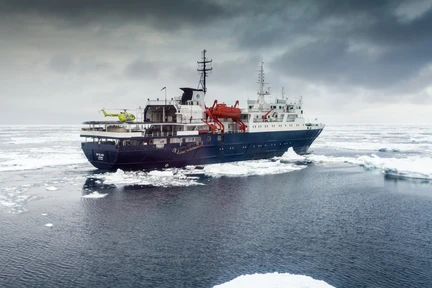
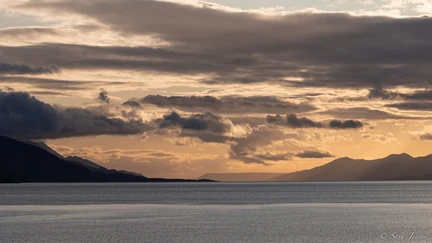
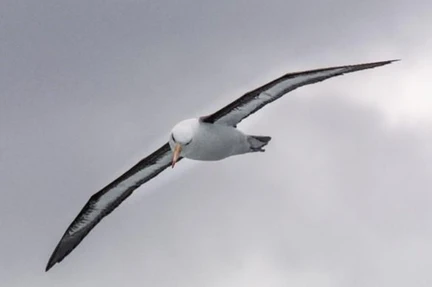
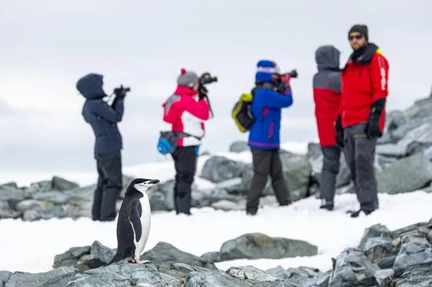
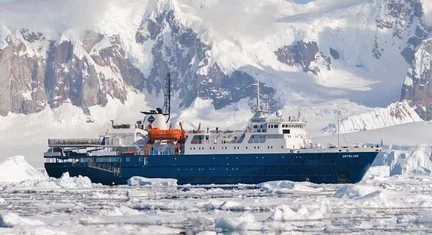
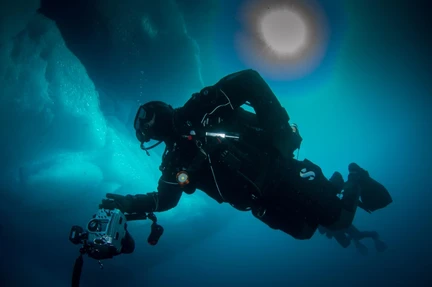
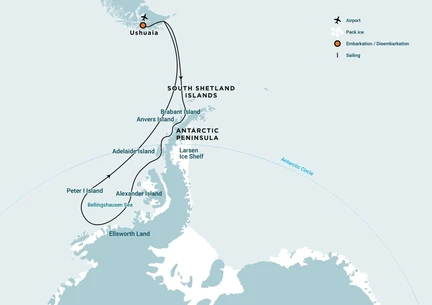










































 25 Days/24 Nights
25 Days/24 Nights




Your expedition starts in Ushuaia, Argentina, the southernmost city in the world. In the afternoon, you leave this small town on Tierra del Fuego, known as "The End of the World," and cruise through the Beagle Channel.
Path of the Polar Explorers
For two days, you cross the Drake Passage, experiencing cool breezes and rolling seas. After passing the Antarctic Convergence, you enter a zone rich in marine life. Look for wandering albatrosses, cape pigeons, and other seabirds.
Antarctic Peninsula
Following the path of explorer Adrien de Gerlache, you may land at Auguste Island and Hydrurga Rocks, home to penguins and seals. Possible stops include:
- Charlotte Bay – First continental landing at Portal Point.
- Cuverville Island – Home to gentoo penguins and brown skuas.
- Danco Island – Focus on gentoo penguins and seals.
Flandres Bay and Renard Island
Arrive at Flandres Bay and hope to land at Renard Island, known for its rugged terrain and historical significance.
Crossing the Antarctic Circle
In Crystal Sound, witness the vast Antarctic landscape. If possible, land on Detaille Island, a historic research station. Visits to Pourquoi-Pas Island and Horseshoe Island offer insights into past expeditions and stunning views.
Continuing Southward through Marguerite Bay
As you travel south, watch for rare wildlife like the Ross seal. This is a true exploration area, rarely visited by others.
Entering the Bellingshausen Sea
Explore the Ronne Entrance, a remote area first recorded by Lincoln Ellsworth. Landings depend on weather and ice conditions.
A Rare Glimpse of Peter I Island
Peter I Island is a remote volcanic island. If conditions allow, you may land via helicopter on this rarely visited site.
Northward Bound: From Peter I Island Across the Drake Passage
After exploring Peter I Island, head north across the Southern Ocean. Enjoy lectures on Antarctic history and marine life. Watch for albatrosses and whales as you cross the Drake Passage.
End of the World, Last of the Journey
Your journey ends in Ushuaia. Disembark with memories of an unforgettable adventure.








































































m/v Ortelius
The ice-strengthened Ortelius is fully equipped for polar exploration and can accommodate helicopter flights when necessary.

Specifications
| Passengers: | 108 passengers in 50 cabins |
| Staff & crew: | Crew 44 | Guides 8 | Doctor 1 |
| Length: | 90.95 meters |
| Breadth: | 17.20 meters |
| Draft: | 5.4 meters |
| Ice class: | UL1 (Equivalent to 1A) |
| Displacement: | 4090 tonnes |
| Propulsion: | 6 ZL 40/48 SULZER |
| Speed: | 10.5 knots average cruising speed |
Cabins Gallery


Ship Interior Gallery


Ship Exterior Gallery


Ortelius was originally the Marina Svetaeva. Built in Gdynia, Poland in 1989, it served as a special-purpose vessel for the Russian Academy of Science. Later it was re-flagged and renamed after the Dutch/Flemish cartographer Abraham Ortelius (1527 – 1598), who in 1570 published the first modern world atlas: Theatrum Orbis Terrarum or Theater of the World. At that time his atlas was the most expensive book ever printed. Ortelius is classed by Lloyd’s Register in London and flies the Dutch flag.
Perfect for Any Expedition
The vessel has the highest ice-class notation (UL1, equivalent to 1A) and is therefore suitable to navigate in solid one-year sea ice as well as loose multi-year pack ice. Ortelius can accommodate up to 108 passengers and has an abundance of open-deck spaces. It is manned by 24 highly experienced nautical crew members, 20 hotel staff, eight expedition specialists (one expedition leader, one assistant, and six lecturer-guides), and one doctor.
Ortelius: a Vessel with Comfort and Character
Please be aware that a small number of cabins may have a partially obstructed view due to the size of the windows and the design requirements of the ship. For example, some windows may be partly obstructed in the lower half by a gangway. The best view is always on the outer deck or the bridge. Though our voyages are primarily meant to offer our passengers an exploratory wildlife program with as much time ashore as possible, Ortelius offers all the comforts of a standard hotel ― along with a bar and lecture room. Flexibility assures maximum wildlife opportunities. As such, Ortelius carries 10 Zodiacs with 60hp Yamaha engines.
What to Wear
In keeping with the spirit of expedition, dress on board is informal. Bring casual and comfortable clothing for all activities, and keep in mind that much of the scenery can be appreciated from deck ― which can be slippery. Bring sturdy shoes with no-slip soles, and make sure your parka is never far away in case one of our crew shouts “Whales!” over the loudspeaker and you have to dash outside in a moment’s notice. Opt for layers, as it is comfortably warm aboard the ship though often cold on deck.
How to Pay
Refreshments and souvenirs will be charged to your cabin. The day before departure you can settle your bill with the hotel manager, paying by credit card (Visa or MasterCard) or cash (euro, or in some cases dollar). We cannot, however, accept checks. Though the prices and standard currency on board is in the euro, other currencies may be accepted at the discretion of the hotel manager, at prevailing rates.
Electric Current
The electrical supply aboard ship is 220v, 60Hz. Electrical outlets are standard European with two thick round pins, so some passengers may need a 220v/110v converter.
Gratuities
The customary gratuity to the ship’s service personnel is made as a blanket contribution at the end of the voyage and is divided among the crew. Tipping is a personal matter, and the amount you wish to give is at your sole discretion. As a generally accepted guideline, we suggest 8 ― 15 euros per passenger per day. It is better for the crew if you give cash.
Non-Smoking Policy
We have a non-smoking policy inside all our vessels, though you can smoke in certain designated areas. We ask that you please respect the wishes of non-smokers.
Your Physical Condition
You must be in good overall health and be able to walk several hours per day. The expedition is ship-based and physically not very demanding, but we spend as much time as possible on shore. You are, however, welcome to remain aboard the ship if you prefer. To join most excursions you must be able to get up and down the steep gangway ― from the ship to the water level ― to board the Zodiacs. Staff will assist you in and out of the boats, and boarding will become progressively easier with practice, but conditions on shore can be slippery and rocky. Remember, you will be traveling in remote areas without access to sophisticated medical facilities, so you must not join this expedition if you have a life-threatening condition or need daily medical treatment.

The average price for flights (round trip) to Ushuaia
From Jakarta: $2,300
From Singapore: $2,500
From Kuala Lumpur: $1,900
Insurance Requirements:
- Mandatory Insurance: All travelers must have insurance covering medical expenses, accidents, and repatriation/evacuation.
- Recommended Insurance: It is strongly recommended to include cancellation insurance for added protection.
Drone Usage Policy:
- Prohibited: The use of drones is strictly prohibited during the expedition.
Clothing and Gear Recommendations:
- Water-Resistant Coat and Pants: Essential for protection against the wet and windy conditions.
- Layered Underwear: To ensure warmth and comfort in extreme weather.
- Sunglasses: Necessary to protect against the strong UV rays and glare from the snow.
- Gloves: Insulated and water-resistant gloves to keep your hands warm and dry.
- Additional Items: Consider packing a warm hat, thermal socks, and sturdy waterproof boots.
- Voyage aboard the indicated vessel
- All meals throughout the voyage aboard the ship including snacks, coffee and tea.
- All shore excursions and activities throughout the voyage by Zodiac.
- Program of lectures by noted naturalists and leadership by experienced expedition staff.
- Free use of rubber boots and snowshoes.
- Pre-scheduled group transfer from the vessel to the airport in Ushuaia (directly after disembarkation).
- All miscellaneous service taxes and port charges throughout the programme.
- Comprehensive pre-departure material.
- Flights to the embarkation point and from the disembarkation point.
- Pre- and post- land arrangements.
- Passport and visa expenses.
- Meals ashore.
- Personal health Insurance for Medical, Accident and Repatriation/Evacuating.
- All personal expenses, including but not limited to laundry services, bar beverages, and excess internet usage charges.
- The customary gratuity at the end of the voyages for stewards and other service personnel aboard (guidelines will be provided).
- We have an international crew aboard our vessels. The primary language of our ships is English, but some voyages are bilingual. Though all of our staff speak English, other languages are common as well.
- Nexta Expeditions does not allow the use of recreational UAVs/quadcopters/drones during its voyages. This applies both on the ship and off, regardless of any permits held by the passenger. The International Association of Antarctic Tour Operators (IAATO) has prohibited the recreational use of UAVs/quadcopters/drones on member vessels, Zodiac boats, and during scheduled landings. Also, the Government of South Georgia and the South Sandwich Islands have issued a ban on recreational use of these devices in their territories. The Association of Arctic Expedition Cruise Operators (AECO) has also prohibited the recreational use of UAVs/quadcopters/drones on member vessels and during all cruise excursions. As a full member of both IAATO and AECO, Nexta Expeditions supports their prohibition on the recreational use of drones in order to minimize environmental impact and enhance passenger experience.
- Aboard Hondius, Ortelius, Plancius, and Rembrandt van Rijn, refreshments and souvenirs will be charged to your cabin. The day before disembarking, you can settle your bill with the hotel manager and pay by Visa or MasterCard, Diners Club/Discover, Union Pay, or cash (Euro or USD). The prices and standard currency on board all of our vessels is the Euro.
- No, you are not able to change currency on board.
- Animal lovers who take their holiday in the Antarctic Peninsula will be treated to a diverse list of wildlife that is especially suited to the area's cold climate. It is common to encounter several penguin species such as the Gentoo penguins. Other types of wildlife that can be spotted from an Antarctic cruise or an Antarctic Peninsula land expedition include the Weddell seal, the Antarctic shag and Snow petrels.
- The Antarctic Peninsula is one of the most beautiful regions of the entire continent. Your cruise to the Antarctic Peninsula will reveal the most diverse mixture of wildlife throughout Antarctica. The scenery in this region is dramatic, filled with icebergs and of course, very photo-worthy. The prevalence of penguins is a highlight during most expeditions, and a visit during the summer can even reveal plant life such as the area's only two flowering plants: the Antarctic pearlwart and Antarctic hair grass.
- The Ortelius was built in Poland in 1989 for the Russian Academy of Science.
- There are in total 50 cabins at the Ortelius. 4 quadruple cabins with bunk beds. 26 twin porthole cabin with 2 single berths. 12 twin cabins with windows and 2 lower berths. 2 twin deluxe cabins with windows and 2 single lower berths. 6 superior cabins with double beds. All cabins are spacious outside cabins with a minimum of two portholes or windows per cabin and all cabins have a private shower and toilet.
You May Also Like


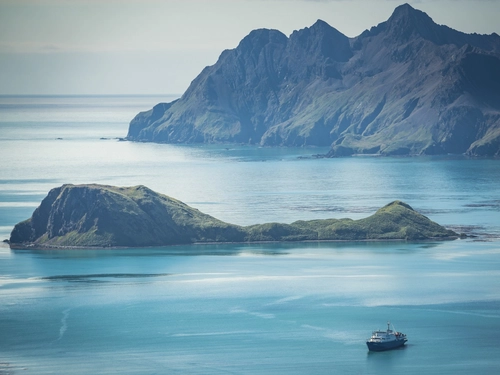
Falkland Islands - South Georgia - Antarctica
 19 Days / 18 Nights
19 Days / 18 Nights
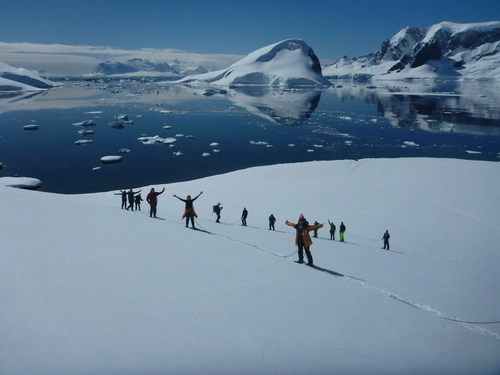
Antarctica - Basecamp - free camping, kayaking, snowshoe/hiking, mountaineering, photo workshop
 13 Days / 12 Nights
13 Days / 12 Nights

Antarctica - Discovery and learning voyage
 11 Days / 10 Nights
11 Days / 10 Nights

Falkland Islands - South Georgia - Elephant Island - Antarctica - Polar Circle
 23 Days / 22 Nights
23 Days / 22 Nights

Antarctica – Uncharted islands of the Deep South
 15 Days / 14 Nights
15 Days / 14 Nights

Deep South Basecamp experience
 14 Days / 13 Nights
14 Days / 13 Nights

Antarctica - Elephant Island - Weddell Sea - Polar Circle - Aurora Australis / Southern Lights
 15 Days / 14 Nights
15 Days / 14 Nights

Antarctica - Whale watching discovery and learning voyage - Aurora Australis / Southern Lights
 11 Days / 10 Nights
11 Days / 10 Nights

Antarctica - Weddell Sea Explorer Basecamp - free polar activities (kayaking, hiking, photo workshop, snorkeling)
 13 Days / 12 Nights
13 Days / 12 Nights

Antarctica - Beyond the Polar Circle - whale watching - Aurora Australis / Southern Lights
 12 Days / 11 Nights
12 Days / 11 Nights

Antarctica - Whale watching
 10 Days / 9 Nights
10 Days / 9 Nights

Falkland Islands - South Georgia - Antarctic Peninsula - Photography special
 21 Days / 20 Nights
21 Days / 20 Nights

Falkland Islands - South Georgia - Antarctic Peninsula
 21 Days / 20 Nights
21 Days / 20 Nights

Falkland Islands - South Georgia - Antarctic Peninsula - Birding
 19 Days / 18 Nights
19 Days / 18 Nights

Antarctica - Discovery and learning + Long hikes
 11 Days / 10 Nights
11 Days / 10 Nights

Bellingshausen Sea / Peter I Island + Ellsworth Land - incl. helicopters
 25 Days / 24 Nights
25 Days / 24 Nights

Antarctica - Weddell Sea Explorer
 11 Days / 10 Nights
11 Days / 10 Nights

Antarctica - Polar Circle - Deep South Discovery voyage - Aurora Australis / Southern Lights
 13 Days / 12 Nights
13 Days / 12 Nights

Antarctica - Whale watching discovery and learning voyage
 11 Days / 10 Nights
11 Days / 10 Nights

Antarctica - Elephant Island - Weddell Sea - Polar Circle
 15 Days / 14 Nights
15 Days / 14 Nights

Day and night in Antarctica
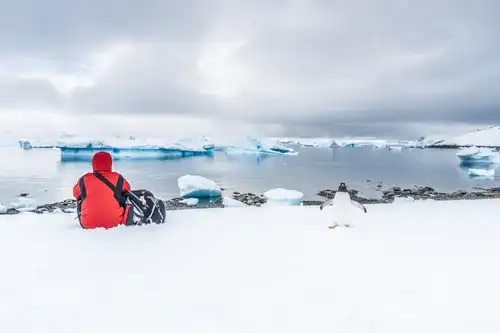
Adding Antarctica to Your Seven-Continents Bucket List

8 Whales You Might See During Your Antarctica Cruise
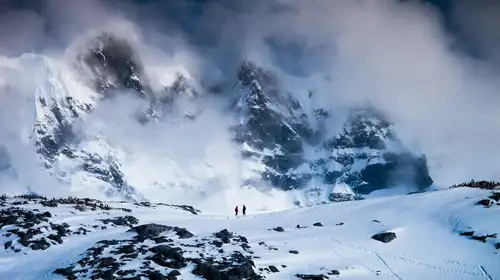
Eight Antarctic Misconceptions
